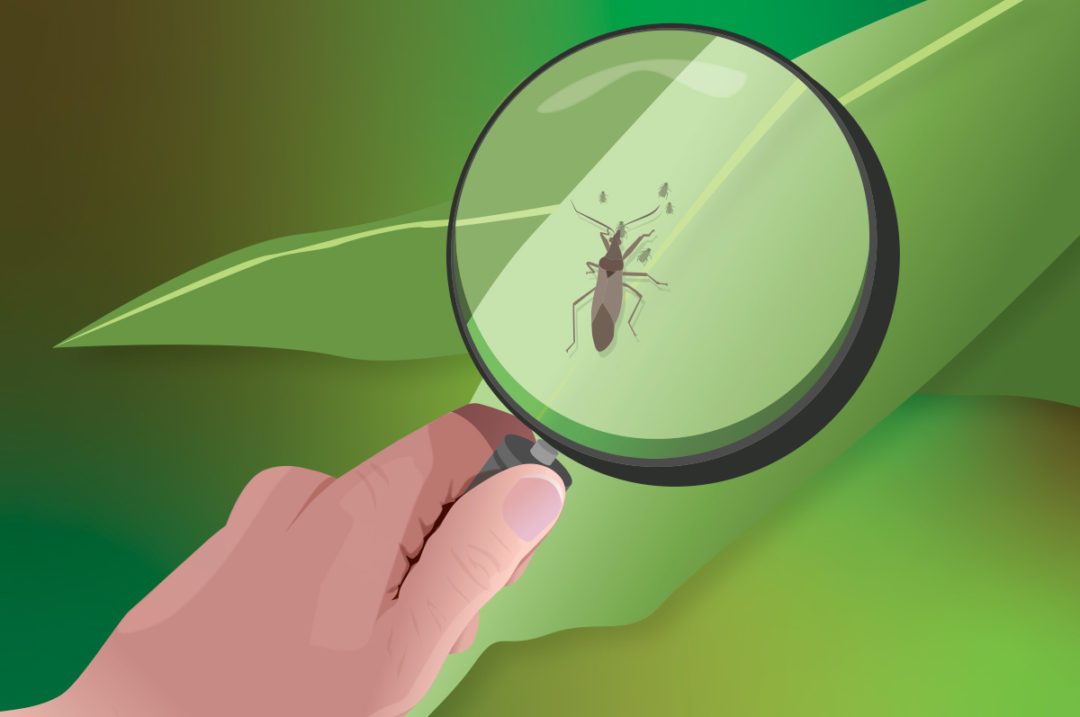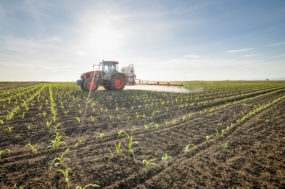It’s not new
Integrated pest management (IPM) was first implemented in modern-era agricultural operations during the 1970s, shortly after Silent Spring was written by Rachel Carson in the early 1960s. Carson inspired the modern-era environmental movement known as the “Green Revolution,” though in reality numerous cultures and past agricultural societies had already been implementing these techniques for thousands of years (e.g., Sumerian society using sulfur in 2500 B.C. to kill insect pests). Though Carson’s book was originally published in 1962, science was already a few steps ahead, as entomologists (1959) published “The integrated control concept” paper in Hilgardia, a University of California Agricultural Experiment Station peer-reviewed journal. This original scientific paper summarized the concepts of integrating multiple components into pest control methodology for controlling spotted alfalfa aphid in agricultural operations. Throughout time, there have been a multitude of conceptual frameworks around IPM and combating indiscriminate pesticide use with judicious control methods at a larger scale.
What it is
In theory, IPM is a relatively simple idea; in summary, we utilize all the resources available to control and manage pests, as a combinational effect so as not to rely on just one control method (pesticides). IPM has three main goals: minimize adverse impacts of pest control methods on environmental quality and human health, maximize the profitability of pest control and reduce a pest’s status to economically insignificant or manageable levels.
IPM program components include pest population (sampling and forecasting), beneficial population (sampling and forecasting), economic injury levels, economic thresholds, cultural control, mechanical control, host plant resistance (selecting genetically modified cultivars/varieties) and the judicious use of pesticides when warranted (both conventional, selective and/or biorational/microbial/biological, if applicable).
Newer models of IPM are incorporating newer ideas into these classic pest management principles, taking a much bigger approach to this subject at hand. Research in 2019 has the three main goals of IPM in conjunction with the producer, seller and consumer as it relates to agricultural commodities and markets. Additionally, research and outreach efforts must be made regarding pest management, knowledge and resources, planning and organization and communication to the public to complete the IPM strategy for proper sustainability into the future for any and all crops.
But wait …
Strangely, all older models and even the newer models of IPM negate what this author believes is one of the first steps of any IPM strategy – and that is proper identification of the supposed “pest” species. Treatment using a control action (pesticide) without proper identification by an expert is malpractice and should be avoided at all costs, unless that pest species is known by the land manager or farmer. Not only is this unwarranted, but it also is a potential waste of funds – as a treatment not designed for a particular pest will assuredly not be efficacious in controlling that pest.
How resistance develops
All the IPM components are aimed at stopping pesticide resistance. So what exactly is pesticide resistance? Pesticide resistance is a heritable (genetically predetermined) ability of a population to survive a pesticide dose that would normally be lethal to a “normal” population. Genetic mutations are more common than the average individual would assume within any population. Every pest population has a minute percentage of those individuals who are mutants; each of these mutant populations has genetically favorable (or typically unfavorable) traits through these mutations.
Several mechanisms play key roles in pesticide resistance for any pest species, and these include metabolic, target-site, penetration and behavioral. Metabolic genetic mutations are changes to the enzymatic processes and chemicals inherent within the pest species; enzymes can then deactivate or disturb the pesticide active ingredient meant to control the species.
Target-site mechanisms involve genetic mutations to the actual binding site of the pesticide active ingredient in most cases, whether that is through reduced numbers of binding sites or alteration of the target sites for that species.
Penetration mutations are mutations concerning the physical covering of the pest species; this type of mechanism is commonly seen in the cuticle (or wax) for weeds and insects where the mutation has caused a thicker or denser layer, preventing the active ingredient from penetrating the organism itself.
Behavioral mutations are well-known regarding insect pest species; numerous examples exist (especially regarding mosquitoes and flies) of inadvertently selecting a mutant population that may avoid pesticide applications behaviorally.
By implementing IPM strategies and components mentioned above in any manner of pest management, we are helping prevent pesticide resistance in the numerous pest species that occur in Idaho. Exploiting a pest’s biology or weakness using a systems-wide approach and multiple tools in the IPM toolbox help prevent pesticide resistance. By reading and following all pesticide labels, not only will pesticides be applied legally, but that active ingredient should be available for years to come within the pest management toolbox. Utilizing mechanical, cultural and biological control methods in combination with switching modes of action (MOA) for particular pests is advisable biologically.
Preserving crops = preserving Idaho
Why does all this matter – why implement and maintain an IPM program in agriculture and within Idaho in general? Idaho is a beautiful state. Our mountains, rivers, forests and numerous recreational areas are all important to current and future Idahoans. Idaho’s ecosystems need to be protected to preserve the beauty and resources we are lucky enough to enjoy in this great state.
Agriculture is a top priority for growing food for our ever-growing population base, and sustainability in the next 100-plus years needs to be one of our top priorities as a society. Money and inputs into agricultural operations and pest management, in terms of pesticides, is critically important fiscally and judiciously to the sustainability of cropland and other lands for the future. Our agricultural producers and ranchers of Idaho take great steps to fundamentally understand and properly manage their ecological and biological operations to sustainably produce safe quality food for our society.






